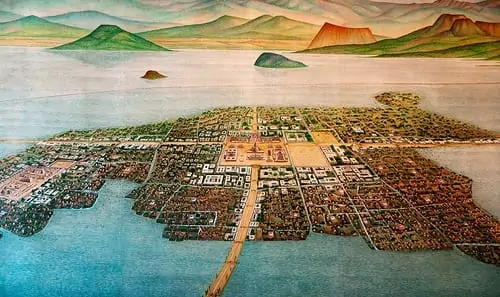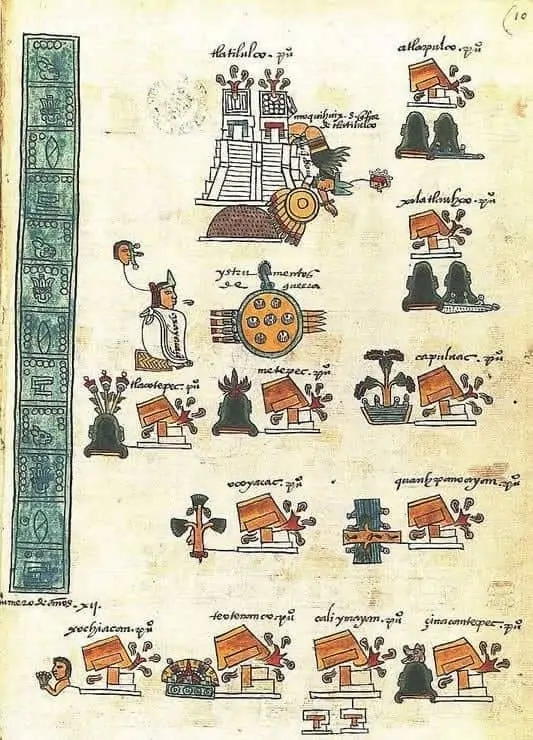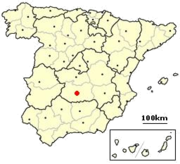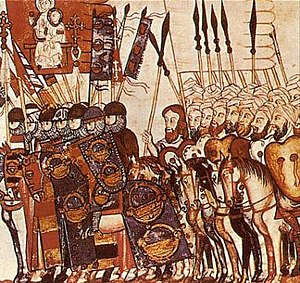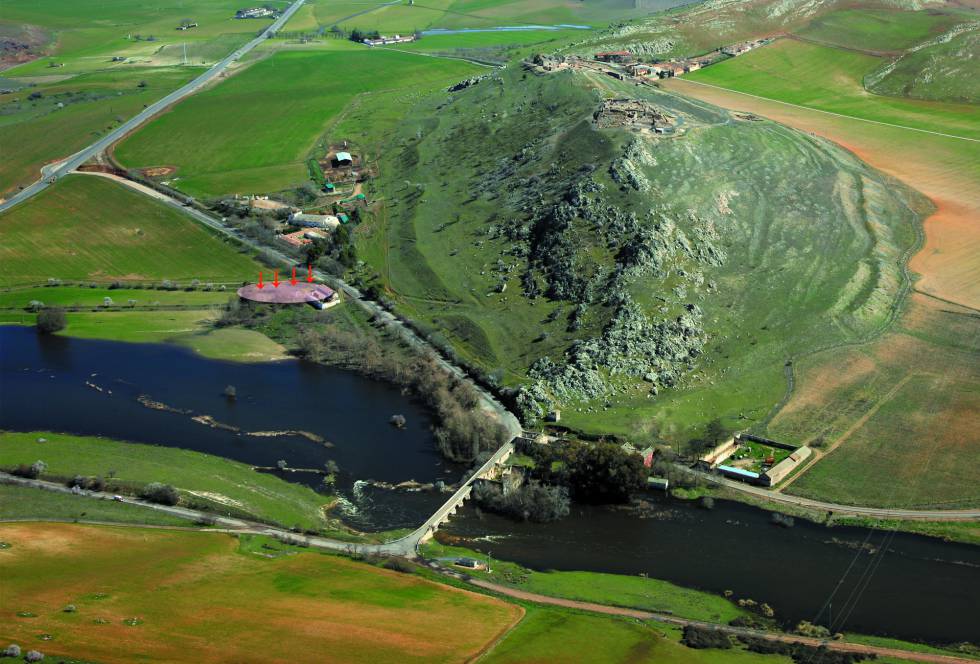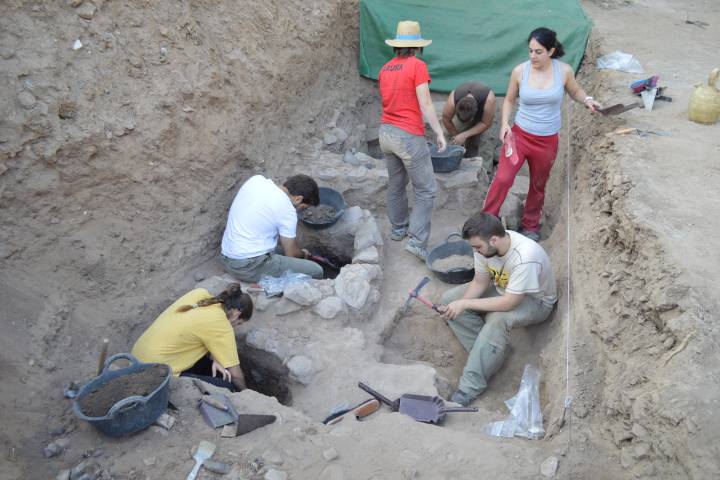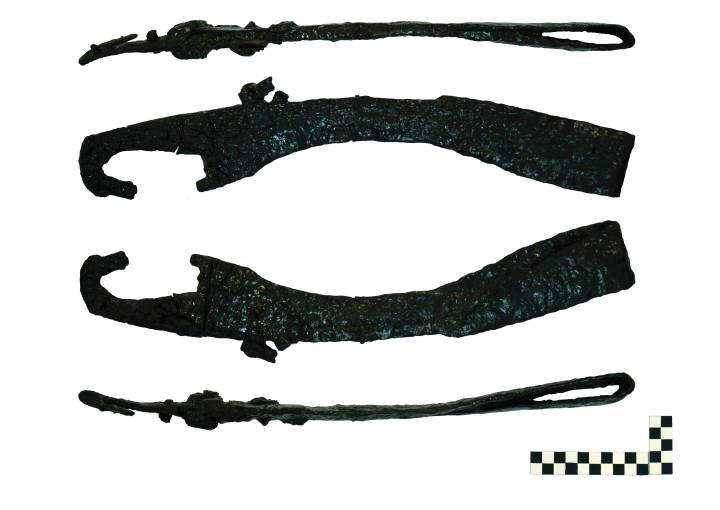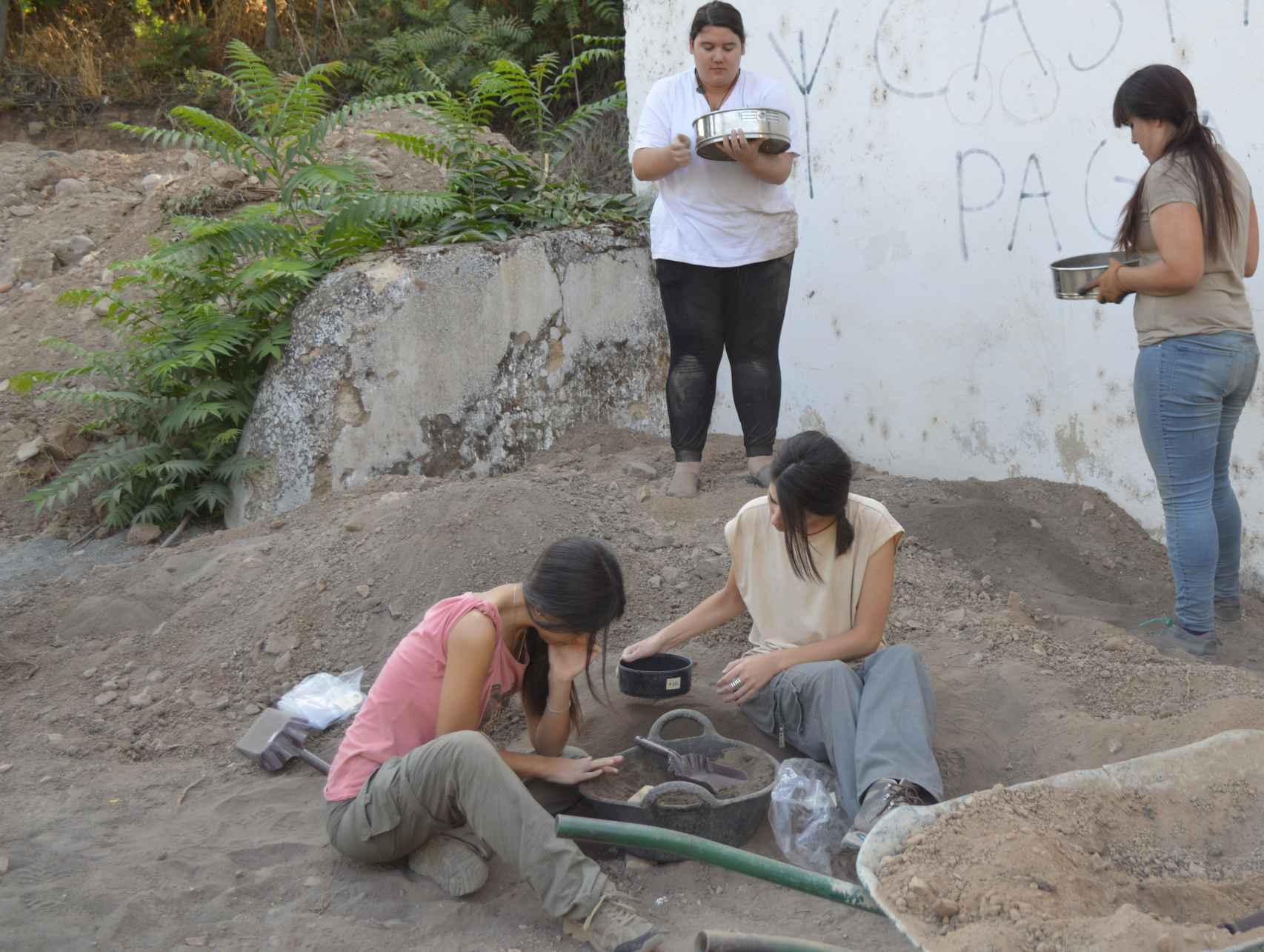Montuno
...como el Son...
I'd love to hear from the Spanish archives when they went into the interior of that rainforest and that jungle in Central and South America they're kind of giant Beast they ran into here in America we don't get access to the real documentation at least not where I live we don't I'd love to see that
A good introduction with a contemporary essay that reads almost like a fascinating historical novel, but rigorous in its data, is "THE CONQUEST OF MEXICO : The encounter of 2 worlds; the clash of 2 empires", by the British Hugh Thomas, on the conquests of Hernán Cortés.
A more generic view of the entire Spanish Empire, from all points of view, is "Empire" by Henry Kamen.
This other overview by Hugh Thomas, reads more like an adventure novel, focusing more on explorations and conquests than on economics, society, etc:
These three books are in English in the original version of the writers.
If you would like to know the original chronicles of the Spanish conquistadors on any particular conquest/area, let me know and I will give you titles and editions in English.


